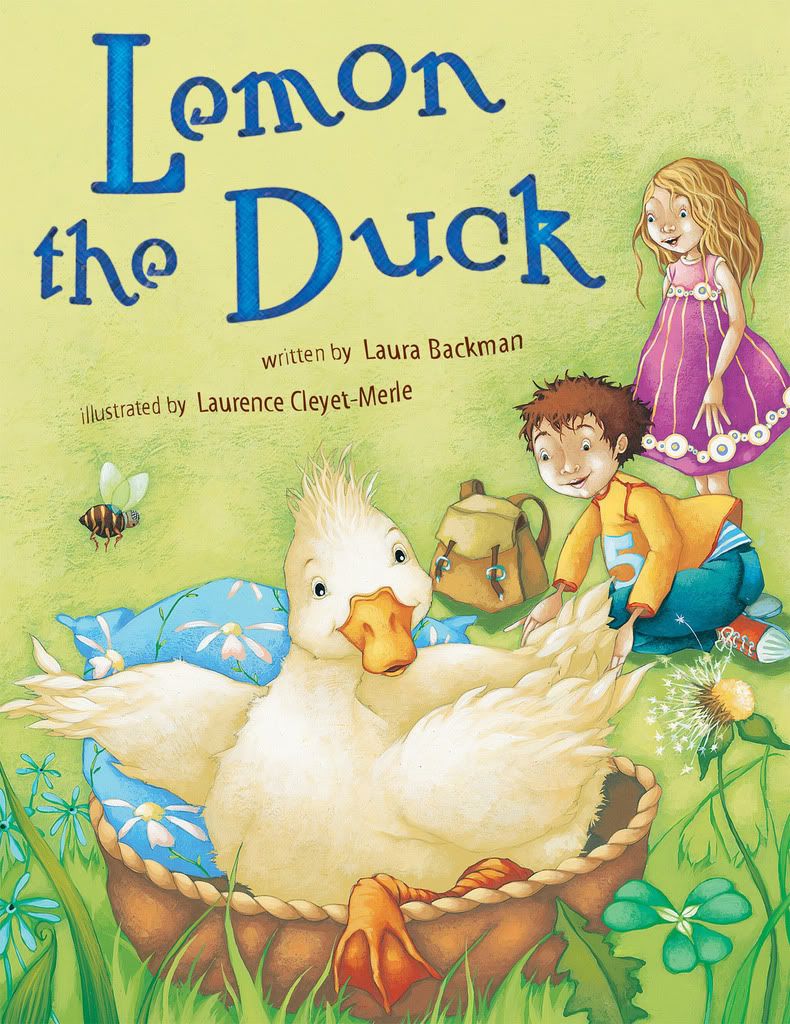Marketing Assistant
I live in Montreal, Quebec and soon we'll be celebrating the City of Quebec's 400th anniversary. Coming from below the border as I do, it seems sort of superficial to enjoy the holiday without a brush-up on Quebec's history. Three jobs in tote, I don't have time to read lengthy history books, and the generic Wikipedia entry is a bit dry. Luckily, author Anne Renaud has made the process simpler for me - and much more interesting.
Island of Hope and Sorrow: The Story of Grosse Île is written for children, focusing on a crucial chapter of Quebec's history. From 1832 to 1937 more than four million people sailed across the Atlantic to the port of Quebec with the dream of starting a new life in the New World. The tiny island of Grosse Île, located fifty kilometers downstream from the port, served as a quarantine station for thousands of these newcomers and Renaud's Island of Hope and Sorrow carefully sketches out the ebbs and flows that make up the history of the island. Stocked with old photographs and etched drawings that re-create the hushed silence of a museum, the book includes brief "history notes" that kept teaching me new things. For example, did you know "doukhobors" are members of a Russian Christian movement or that they refuse to serve in the military because they believe war is wrong?
It's easy to overlook history in the wake of celebration. Renaud's book is most touching because it focuses on bridging the present and past, reminding us that several people ended their journey from Europe to the New World at Grosse Île - and some began a new chapter of their lives at the island. What drew Europeans to come to the New World? How did the island become a quarantine station, a stop-over with houses built for doctors and hospital sheds? Renaud writes how the island was both home and graveyard, both beginning and ending, an island sometimes thriving with people and other times waiting out cold winters for the next batch of immigrants like an animal in hibernation.
The blurbs and photos scattered around the main text were my favorite part of the book. Focusing on incidental memories, like the photograph of an old shoe, covered in dirt and discovered during an archaeological dig, the book returns us to the past, giving an unexpected gift to both children and adults. Children will especially love the miscellaneous facts the book shares - like the notice of rules posted in the cargo holds of ships that begins "STRICTLY FORBIDDEN!" or an image of Canada's first stamp sporting an askance-eyed beaver.
Anne Renaud ends her portrait of a chapter in Quebec's history with a look at Grosse Île in the present - from its transformation during World War II into a research station for biological warfare to the historical landmark it has now become. I am in full agreement with Declan Kelly, Ireland's Ambassador to Canada, when he said:
The story of Grosse Île is one which needs to be re-told to each new generation of children, Irish and Canadian, to enable them to understand where they have come from, and I can think of no better method than a book as interesting and as well written as this...Even if I wasn't an immigrant myself, I would find it hard-pressed to remain untouched by the story of Grosse Île. Definitely a perfect addition to family reading lists for Canada Day and the upcoming Quebec City celebration.
.jpg)
.jpg)








No comments:
Post a Comment